Perridge Tunnel
Perridge Tunnel
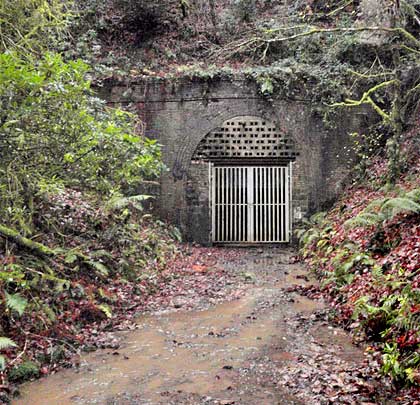
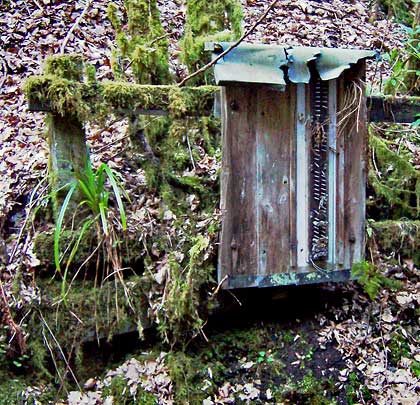
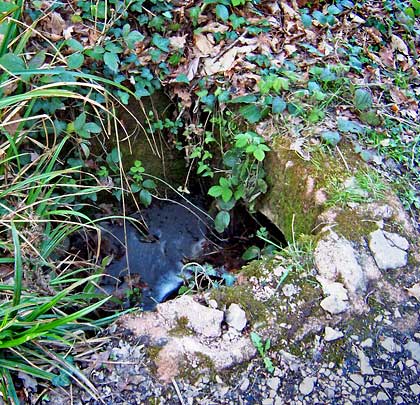
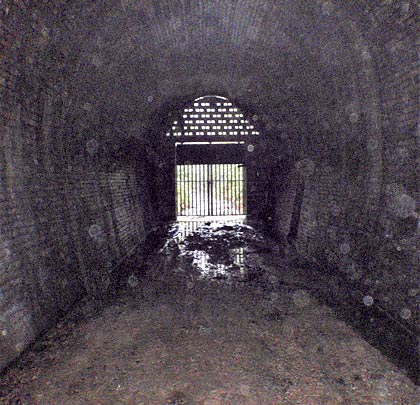
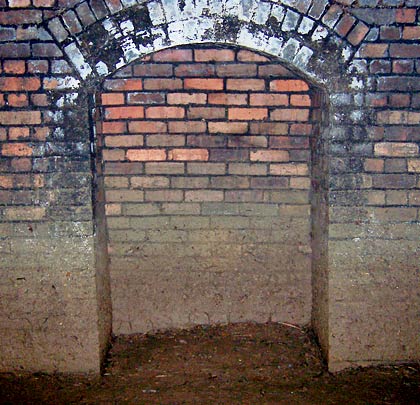
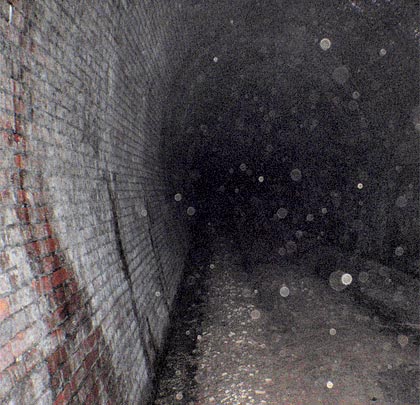
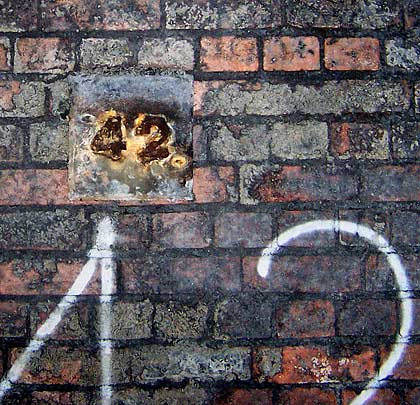
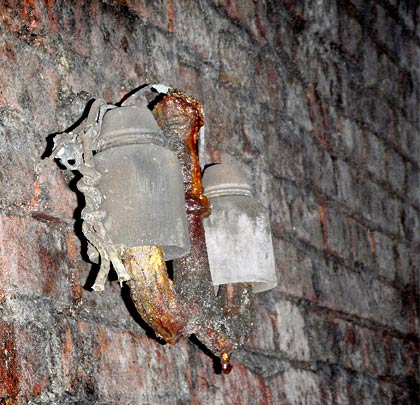
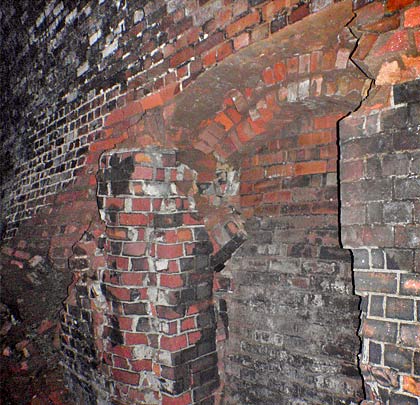
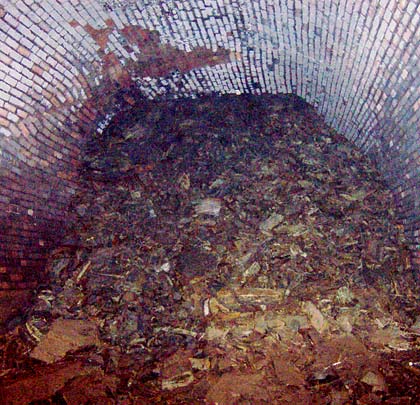
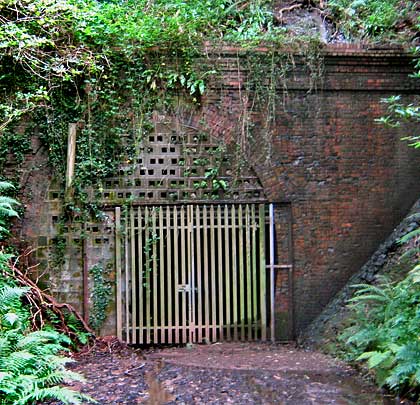











Built in two phases, the Teign Valley Railway provided an alternative single-track route between Newton Abbot and Exeter, avoiding the vulnerable and still operational line via the coast. The first section linking Heathfield, on the Moretonhampstead & South Devon Railway, with Christow saw its first traffic in 1882. The eight-mile missing link was filled in by the Exeter Railway, opening on 30th June 1903.
The branch’s greatest piece of engineering was Perridge Tunnel. Work on it began in August 1896, with its heading completed throughout in just eight months. Delays in delivering the requisite bricks meant the lining – which is mostly three bricks thick – was not completed until January 1902, more than two years after the bore had been excavated. Some of the voids behind it were not filled, allowing the arch to distort when pressure was exerted against the side walls. This failing conspired with the presence of a geological fault to ensure that the tunnel would demand remedial works through the latter part of its operational life. It was also wet, prompting the installation of a drain in 1939.
The route relied mostly on mineral traffic which declined during the period between the two World Wars. Its closure came incrementally, north to south; the final remnant seeing its last train in December 1967. But the section painstakingly crafted by the Exeter Railway – through Perridge Tunnel – had already gone, closing on 9th June 1958.
Lying on an approximate east-west alignment, the tunnel is 829 yards in length and features a curve to the north close to its west end where ‘cut and cover’ methods were employed. It falls on a gradient of 1:58 towards Exeter, the eastern entrance being 43 feet lower than its sibling. It is also taller but narrower – the tunnel itself featuring many changes in profile.
Following the railway’s departure, Perridge was used as a mushroom farm and partitioned to form a store for Exeter’s maritime museum. But they were forced to ship out in 1986 when a 40-yard section of the roof came in, close to its centre where the bore is almost 200 feet below ground level. This resulted in a six-metre void opening above the crown.
In February 2009, the tunnel’s owner, British Railways Board (Residuary), applied to Teignbridge District Council for planning permission to infill the tunnel with concrete around the area of the collapse. On 6th April, this was granted on the proviso that the work was completed within three years and took place during the summer months so as not to interfere with bats.
July of the same year saw the Torbay Line Rail Users Group make a submission to the Select Committee for the South West Region on Transport stating that the former Teign Valley branch, passing through the tunnel, could serve as a diversion for the main line to Plymouth and Penzance if that route succumbed to the sea at Dawlish. Based on this assertion, it said the trackbed should be protected and the infilling stopped. It also claimed to have estimates suggesting the tunnel would be cheaper to repair than infill, the cost of the latter thought to be in the region of £800,000.
The future of the tunnel is also the focus of an ongoing campaign led by the Exeter & Teign Valley Railway, a small heritage operation based at the former Christow Station.
With the geology above the structure being shale and any further deterioration considered unlikely to result in any settlement at ground level, BRB(R) has not yet exercised its permission to infill the tunnel.








